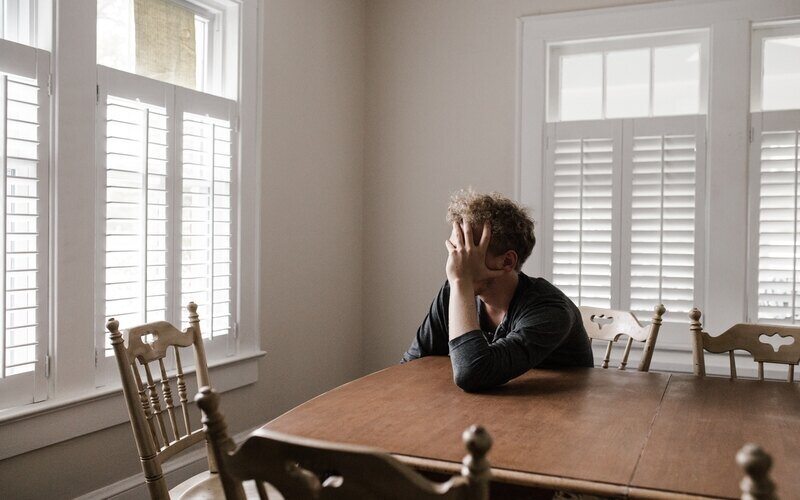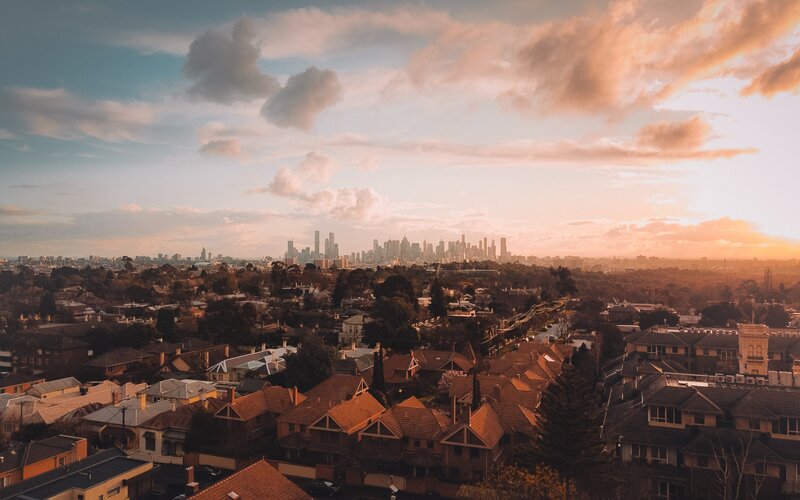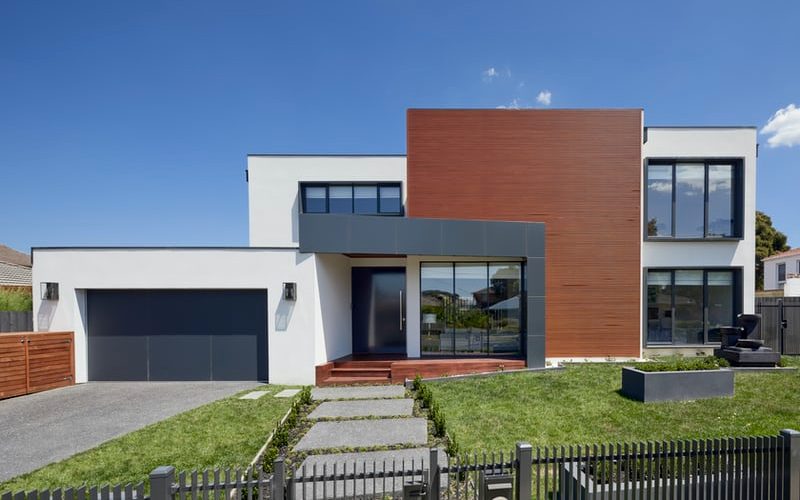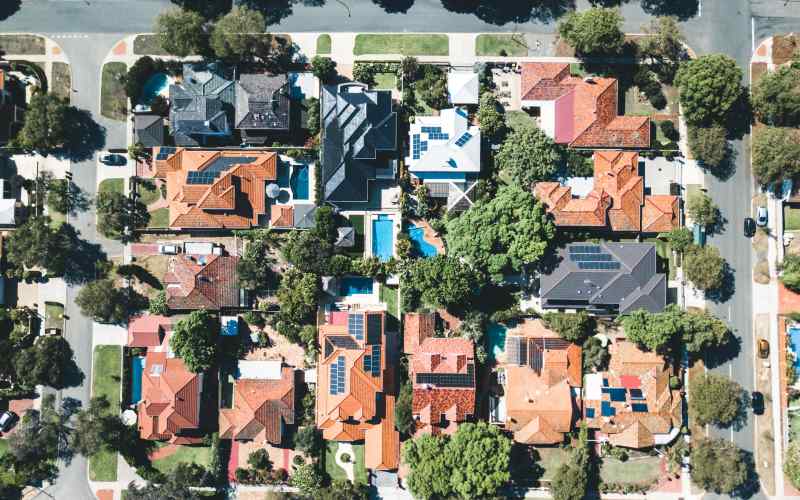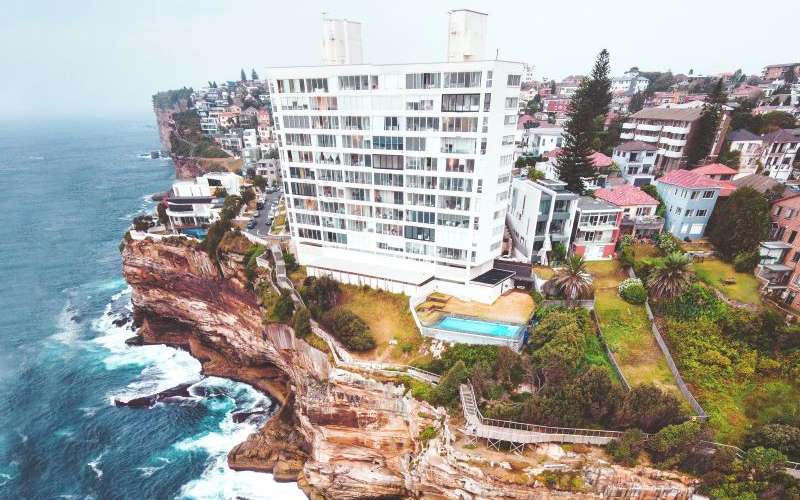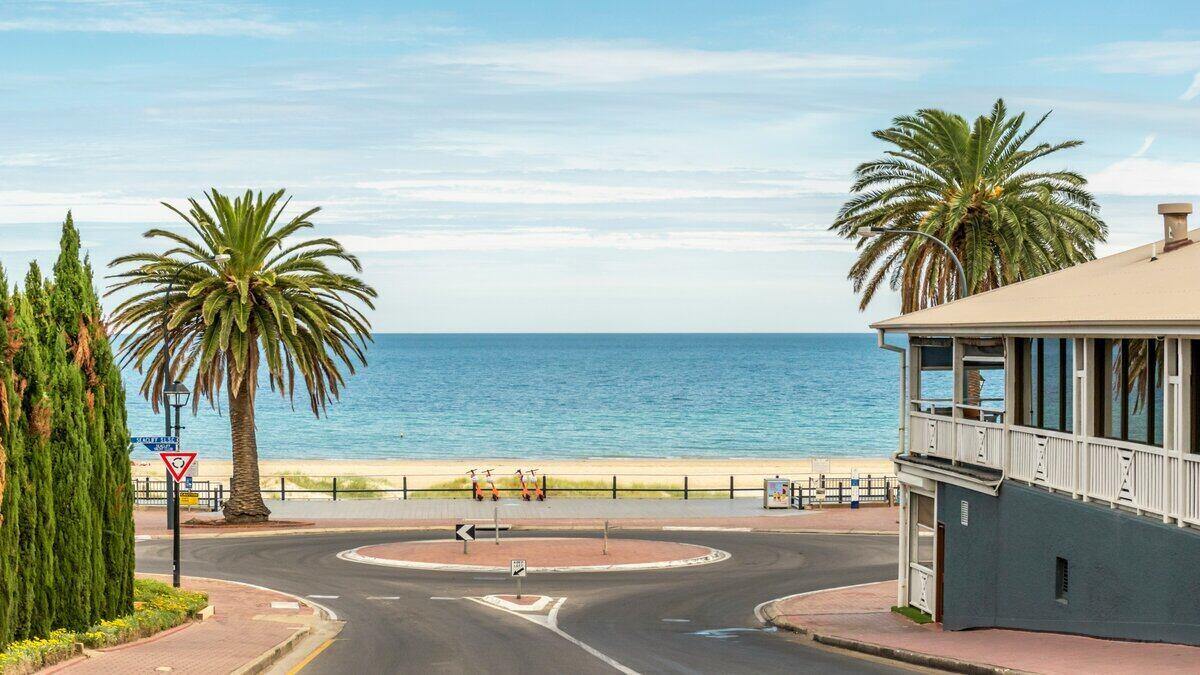That's according to the latest quarterly rental vacancy data released today by the Real Estate Institute of Queensland (REIQ).
With 18% of Queensland regions experiencing less than 1% vacancy, desperate property seekers are competing for just 0.4% of housing stock in Maryborough, 0.5% in Mount Isa, followed by Gympie (0.9%) and Rockhampton (0.7%).
Areas like Caboolture (1.2%), Fraser Coast (1.2%), Mackay (1.3%), Sunshine Coast (1.9%) and Townsville (1.7%) are only just faring better, sitting well below 2% vacancy rates.
Vacancy rates also remain tight in Cairns, Gladstone and Noosa, where renters are competing for 2.4%, 2.0% and 2.4% of available properties respectively.
Over 36% of Queensland's population are renters, which equates to roughly 1.2 million people, and REIQ CEO Antonia Mercorella said further undersupply will put pressure on renters.
“The rental sector plays a critical role in Queensland’s housing system and the role and size of our investor market has never been so important,” said Mercorella.
“Any further tightening in rental availability levels will only place additional undue pressures on our housing sector which is why more needs to be done to better support both increased and ongoing property investor activity in the Queensland property market and the contributions they make to the state economy.”
Ms Mercorella said COVID-19 had forced many renters to seek out cheaper properties on the outskirts.
“It’s no surprise that we’ve seen a shift in our state’s rental composition to more affordable rental supplies in outer urban and regional areas during COVID-19," she said.
"On the plus side it helps break up their mono-tenure and supports more local economies to withstand the pressures of the pandemic we’re witnessing in our larger cities."
She also said the undersupply of rental properties could also force renters to live in unsuitable housing and put pressure on regional areas.
"It also shows that there’s a decline in government investment in social housing with more low-income renters in the market.”
Brisbane rents to drop amid oversupply
Inside Brisbane's 5k inner-city circle, the mean vacancy rate is 3.9%, but when you drill down a little further into the individual suburbs, the vacancy rates vary dramatically.
For example, the vacancy rate for Brisbane's CBD is a high 13% versus surrounding suburbs including New Farm and Teneriffe with a vacancy rate of 2.6%.
Nearby suburbs Bowen Hills, Fortitude Valley, Herston, Newstead sit at 7.9% while South Brisbane, Highgate Hill and West End sit at 9.2%.
Vacancy rates are tighter in Milton and Paddington where renters are competing for 3.3% of housing stock, while Kelvin Grove and Red Hill sit on a vacancy rate of 4.9%.
Renters looking in Brisbane might be in luck: Ms Mercorella said renters can expect to see rents drop in inner-Brisbane suburbs soon.
"In Brisbane CBD we know the rental market has been hit harder due to the high number of renters facing financial stress due to change or loss of employment, a reduction in international tertiary students as well as permanent and temporary migrants, and a significant shift in short-term lets over to the longer-term rental market," Ms Mercorella said.
"It’s therefore likely we’ll see rents drop in the inner-Brisbane areas which in turn will result in tenants eventually returning to the city.
"However, much of it will also depend on the commercial and retail sector’s ability to rebound. It’s very much a ‘watch this space’ situation unlike anything we’ve ever experienced.”

Ready, Set, Buy!
Learn everything you need to know about buying property – from choosing the right property and home loan, to the purchasing process, tips to save money and more!
With bonus Q&A sheet and Crossword!


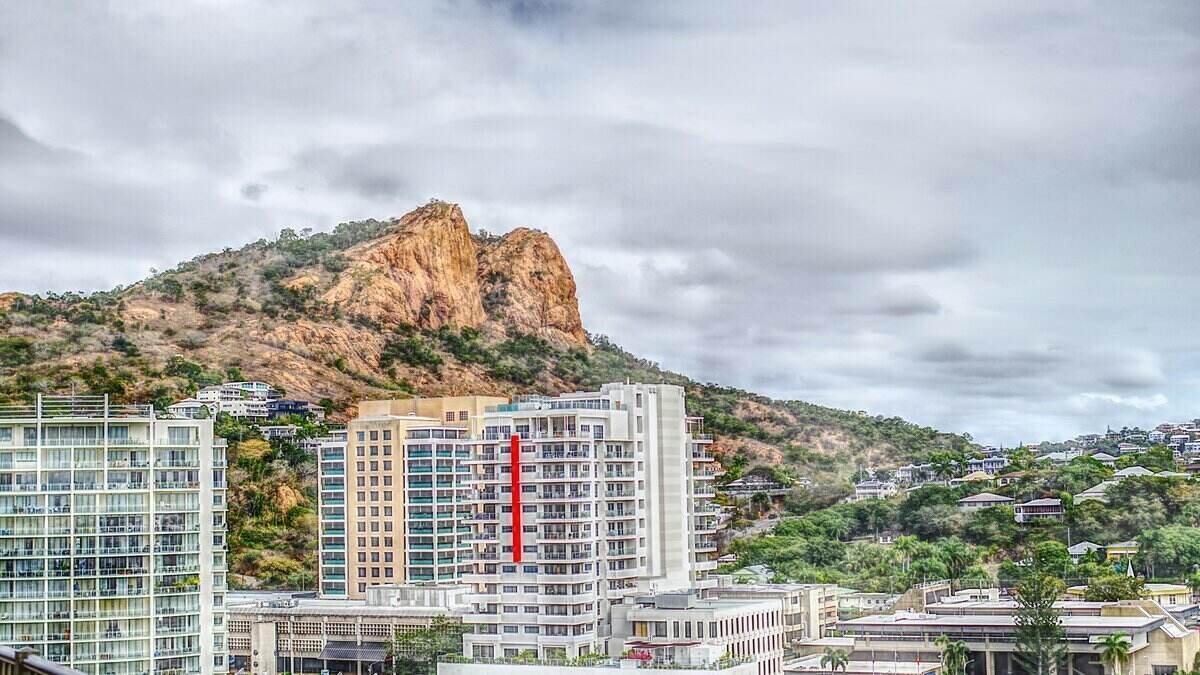
 Harry O'Sullivan
Harry O'Sullivan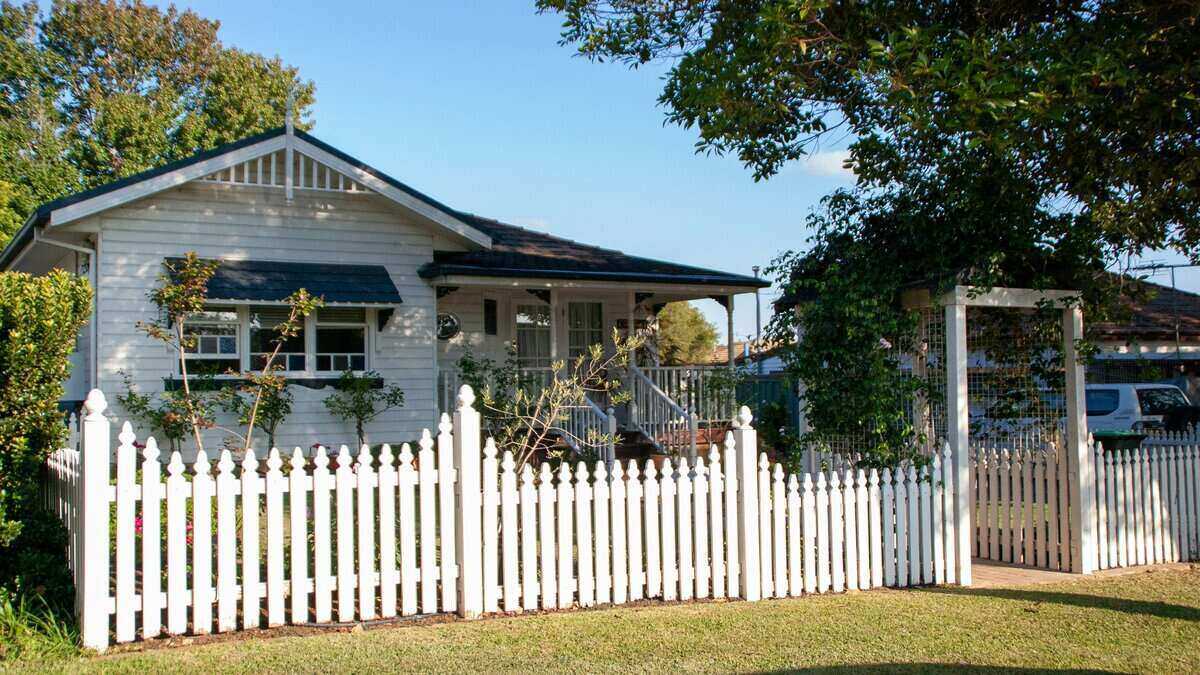
 Arjun Paliwal
Arjun Paliwal
